<Wakayama Prefecture 和歌山県>
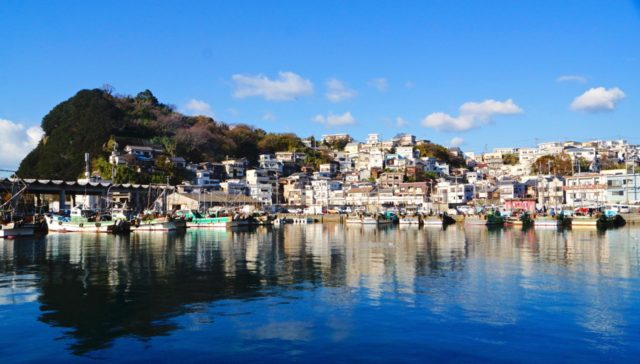
Wakayama is located just south of Osaka and easy to access from the Kansai Airport. If you are tired of seeing too many tourists in Kyoto and Osaka, why don’t you visit Wakayama? You would be fascinated by the beautiful nature of tranquility and historically well-known Buddhist temples and Shinto shrines from remote ages. Other than the suggested courses, we are able to arrange your tour to suit your individual request. Please do not hesitate to contact us via e-mail for details!
KOYASAN 高野山
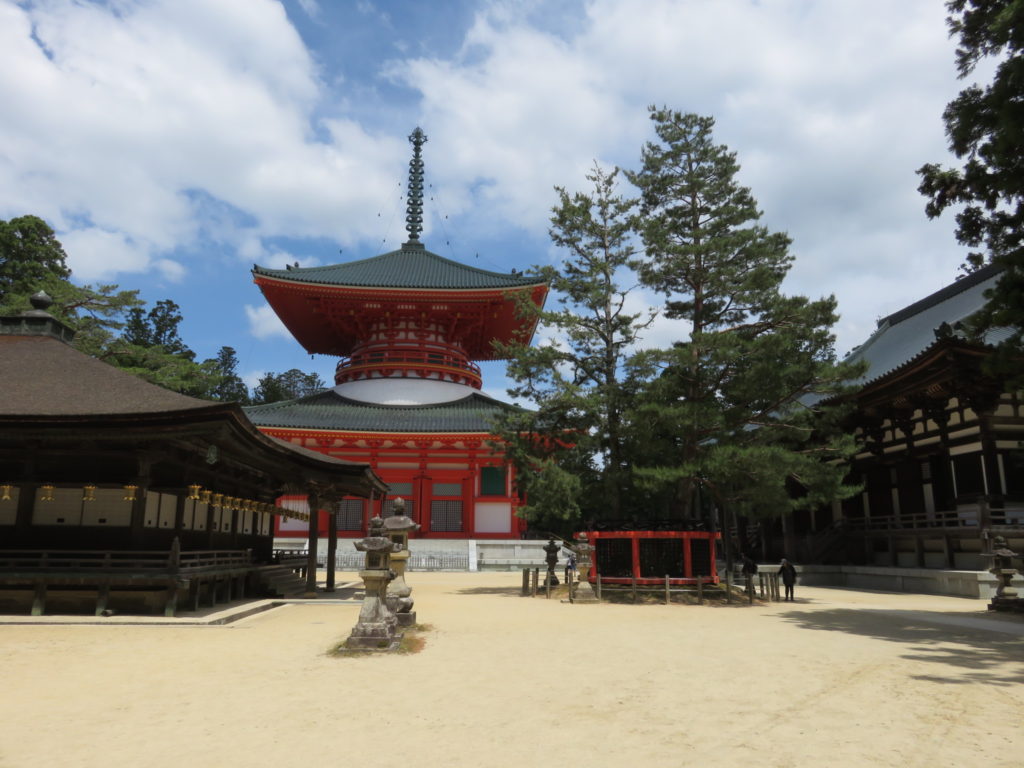
Koyasan or Mt. Koya is a well-known sacred site of esoteric Buddhism in Japan situated about 900 m above sea level on a secluded mountain top in the northern Wakayama pref. Koyasan has been the heart of Koyasan Shingon sect of Buddhism over 1,200 years. Since its foundation in 816 by monk Kukai, more commonly known as Kobo Daishi, Koyasan has been the sacred place for ascetic practices of esoteric Buddhism by monks and it has been the destination of millions of pilgrims and nowadays tourists as well because of its uniqueness of long history, location and atmosphere. Geographically, Koyasan is roughly divided into two western and eastern parts, Danjo Garan (a complex of temples and pagodas) and Okuno-in (the largest cemetery in Japan including the mausoleum of Kobo Daishi). Walking from Ichinohashi to Gobyo (Kobo Daishi’s mausoleum) along more than 200,000 gravestones and memorial pagodas among huge centuries-old cedar trees will assure you of an unforgettable experience.
Okuno-in 奥の院
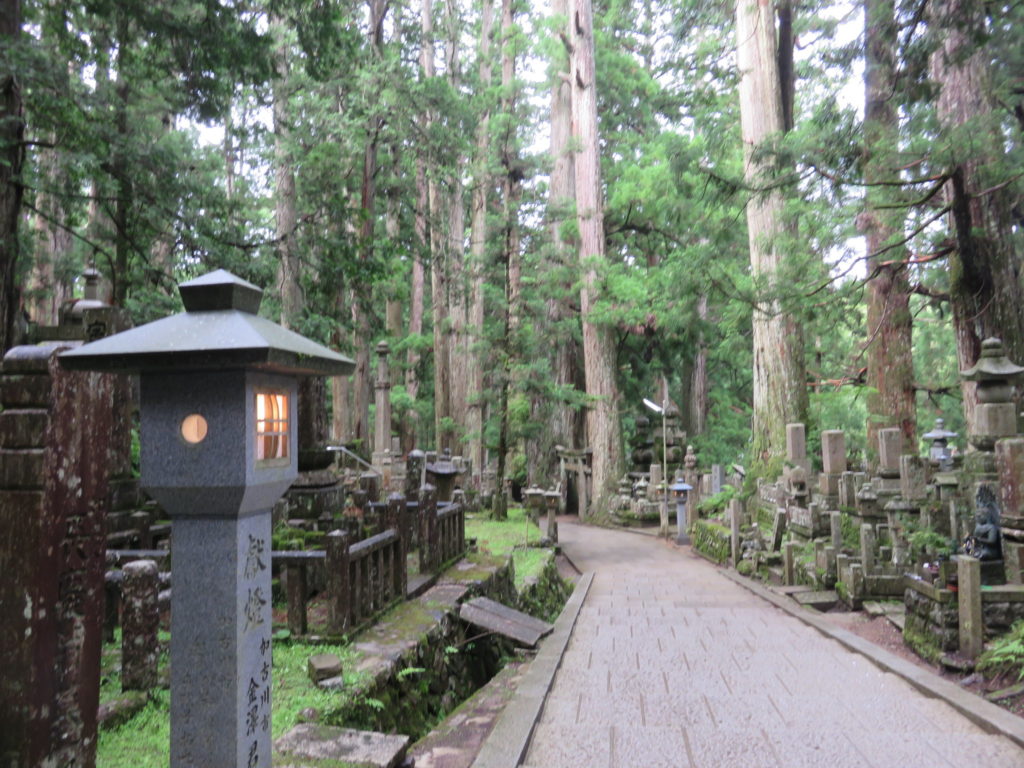
Okuno-in is the largest cemetery in Japan surrounded by huge ancient Japanese cedars. From the entrance at First Bridge (Ichino-hashi), over Middle Briddle (Nakano-hashi) and on to Kobo Daishi’s mausoleum runs a road approximately 2 km long. An awesome religious aura hangs in the air around the countless tombstones built for the faithful who wish to be near the great Kobo Daishi. There, you will be able to see a concise history of Samurai Japan as the graves and memorials of well-known Samurai feudal lords are standing all along the road. At the end of Okuno-in, there is the Hall of Lanterns (Toro-do). Inside the dark hall several thousand lanterns shine with mysterious beauty. Behind the hall, the Mausoleum of Kobo Daishi stands quietly in the middle of a great forest of thousand year-old Japanese cedars.
Danjo Garan 伽藍

Konpon Daito Danjo Garan is found on the eastern part of Koyasan where a number of temples and pagodas stand closely. Danjo (rostrum) refers to the rostrum occupied by Dainichi Nyorai, the Great Buddha of Universal Illumination, the Principal Buddha of Shingon teachings, and to the monastic complex there. The name Garan derives from Sanskrit meaning a quiet and secluded place where Buddhist monks may train.
Kongobuji Temple 金剛峯寺
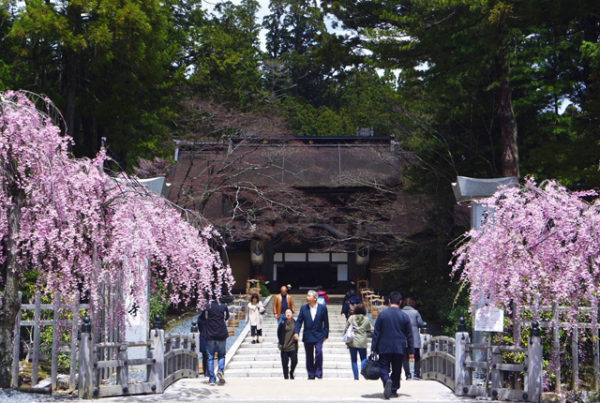
Kongobuji (Diamond Peak Temple) is the head temple of Koyasan Shingon sect of Buddhism that administers about 3,600 sub-temples all over Japan. It contains beautiful sliding screen paintings and Japan’s largest rock garden, Banryutei.
WAKAYAMA CITY 和歌山市
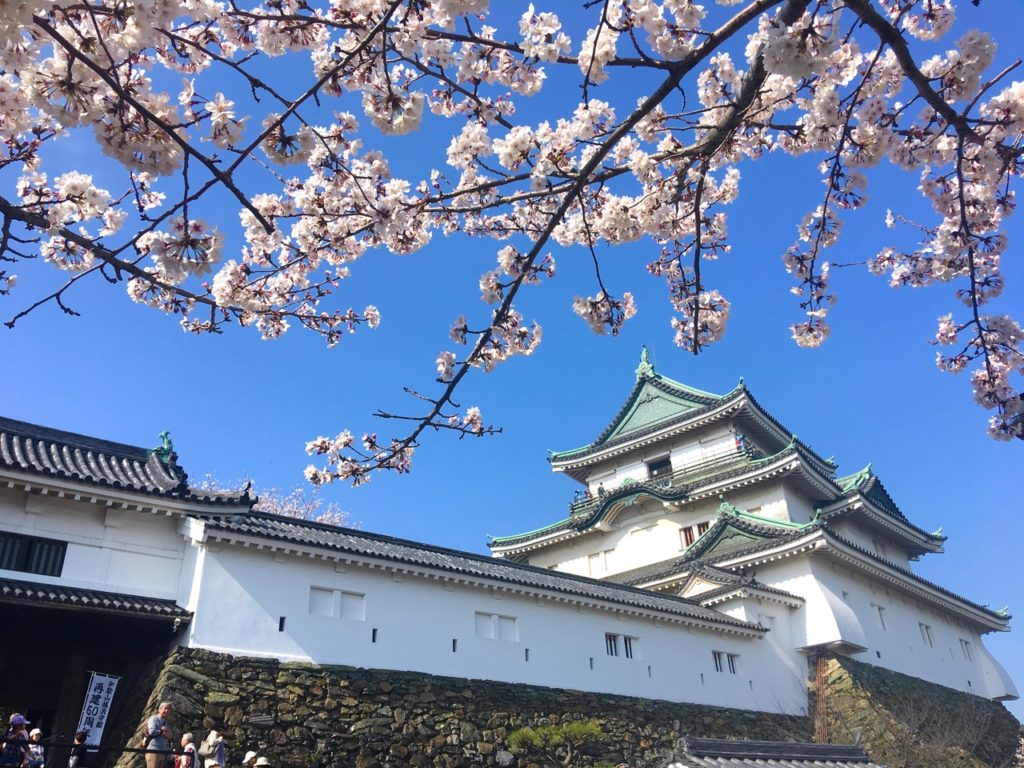
Located in the southern part of Kansai region, Wakayama City is easily accessible for foreign tourists, only 40 minutes by train or bus from Kansai International Airport, and also about one hour by train from Osaka. The city is blessed with beautiful sceneries of seashores and also historically interesting sightseeing spots since the ancient times. Strolling around the castle town and historical areas and experiencing the life of the people will give you an unforgettable memory of your travel.
和歌山市は関西地域の南に位置し、関西国際空港からバスまたは電車で40分のところにあります。また大阪の中心部からも約1時間です。和歌山市には日本書紀や古事記にも名を記す名勝・旧跡がたくさんあり、和歌山城を中心に栄えた徳川家御三家の城下町の面影も残っています。平成29年4月には和歌の浦が「絶景の宝庫」として日本遺産に選ばれました。ぜひ足を運んで和歌山の自然・歴史・文化にふれ、地元の人たちとも触れ合い、楽しい旅の思い出を作ってください。
WAKAYAMA CASTLE 和歌山城
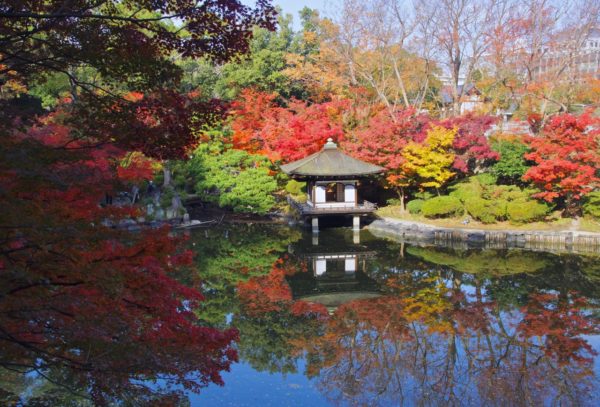
Wakayama Castle, a symbol of Wakayama city, is located on the top of Mt. Torafusu at the center of Wakayama city. The graceful interconnected building style is similar to that of Himeji Castle (UNESCO world heritage). It used to be a national treasure, but unfortunately it was burned down to the ground during the WWII. However, the castle was reconstructed in 1958 with the passion of Wakayama citizens. As a result, the façade and the features of the original castle have been restored again. You can enjoy a panoramic view of Wakayama city from the castle towers. In spring, the castle grounds are filled with beautiful cherry blossoms from some 600 trees. If you are lucky, you may come across Ninjas helping tourists and have a chance to take photos with them. Also, you can experience the Japanese tea ceremony at the tea house in the beautiful Nishinomaru-Teien Garden of Wakayama castle.
和歌山城は市の中心地,虎伏山に立つ平山城で和歌山市のシンボルです。優雅な連立式の天守閣は世界遺産の姫路城と同じである。第2次世界大戦で焼失する前は国宝に指定されていた。戦後すぐに市民の熱意で再建され、現在の城はコンクリート造りではあるが、形は当時の優雅な姿を再現している。天守閣からは和歌山市内を一望できる。運が良ければ観光客のお手伝いもする忍者に出会えるかもしれない。忍者と一緒に写真をとってみてはいかがですか? 春は桜の名所としても有名である。また名勝西の丸庭園(紅葉渓庭園)にある紅松庵では抹茶席を楽しむことができる。
WAKAYAMA MARINA CITY 和歌山マリーナシティー
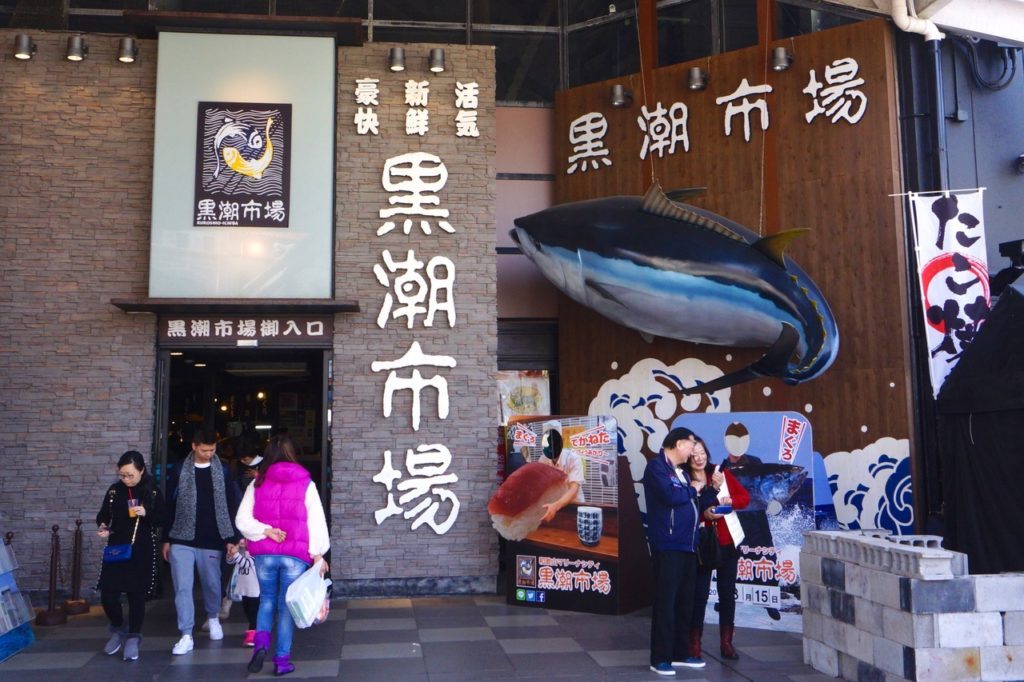
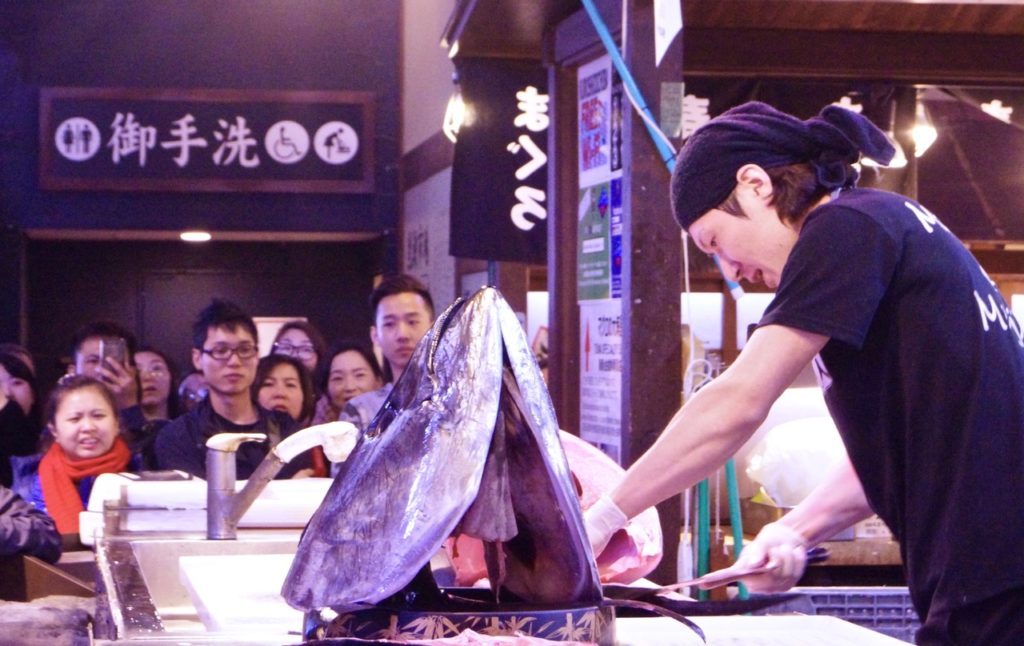
Wakayama Marina City offers a lot to see and do, including the Porto Europa theme park that resembles a Mediterranean port, and Kuroshio Ichiba Market where fresh tuna filleting show are held every day and you can taste fresh seafood at Japanese restaurants or barbecue corner. Also you can experience Onsen, hot spring if you like.
WAKANOURA 和歌の浦
和歌山マリーナシティーは、地中海の港町を模したテーマパーク・ポルトヨーロッパや新鮮な魚介類を堪能できる黒潮市場を含む、複合型テーマパークです。黒潮市場では毎日3回、マグロの解体ショーも開催されます。また黒潮温泉も併設されています。
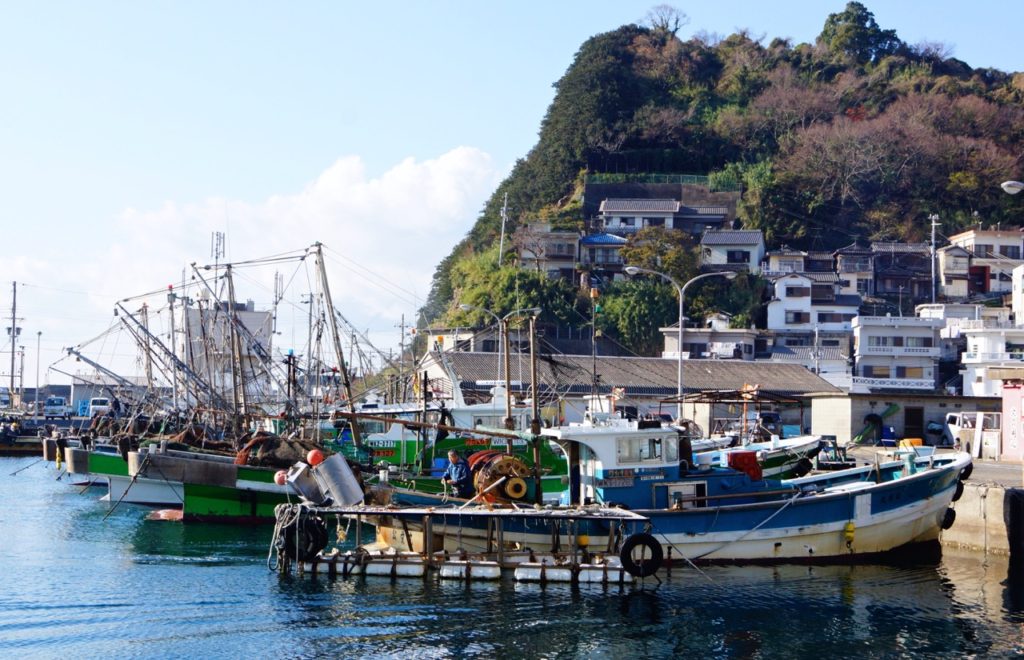
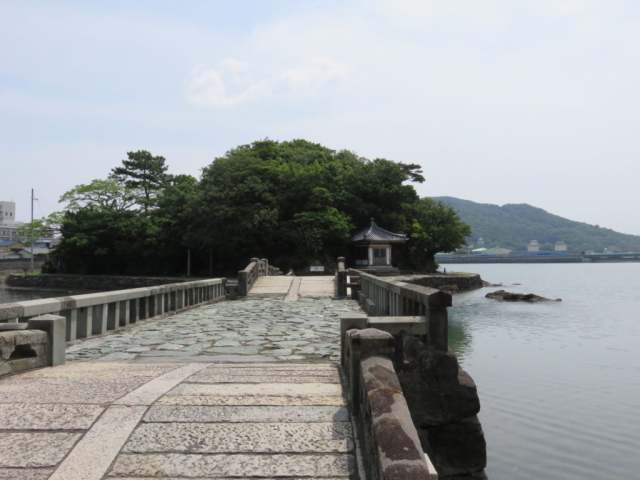
Wakanoura has been registered as Japan heritage site this year. It is recognized as “a vast treasure area of superb views”. Wakanoura is well-known for its beautiful scenery of seashore depicted in ancient poems. There is a spectacular seashore on which ancient poets were inspired to write poems since the remote ages. There are Tamatsushima Shrine enshrining the deity of waka poetry, Toshogu Shrine with its marvelous sculptures, Wakaura Tenmangu Shrine enshrining ther diety of education, and Yosuien, which was once a villa of the Tokugawa family boasting of a pond fed by both fresh and sea water.
和歌の浦は「絶景の宝庫」として平成29年4月。日本遺産に登録されました。和歌の浦は万葉の和歌にも詠われた海岸の美しさで有名です。和歌の神様をお祀りする玉津島神社、左甚五郎による素晴らしい彫刻や狩野探幽作の襖絵が残る紀州東照宮、学問の神様をお祀りする和歌浦天満宮、江戸時代に紀州藩主によって造営された、海水を利用した池泉回遊式庭園など、見所が尽きない。
FUROBASHI BRIDGE 不老橋
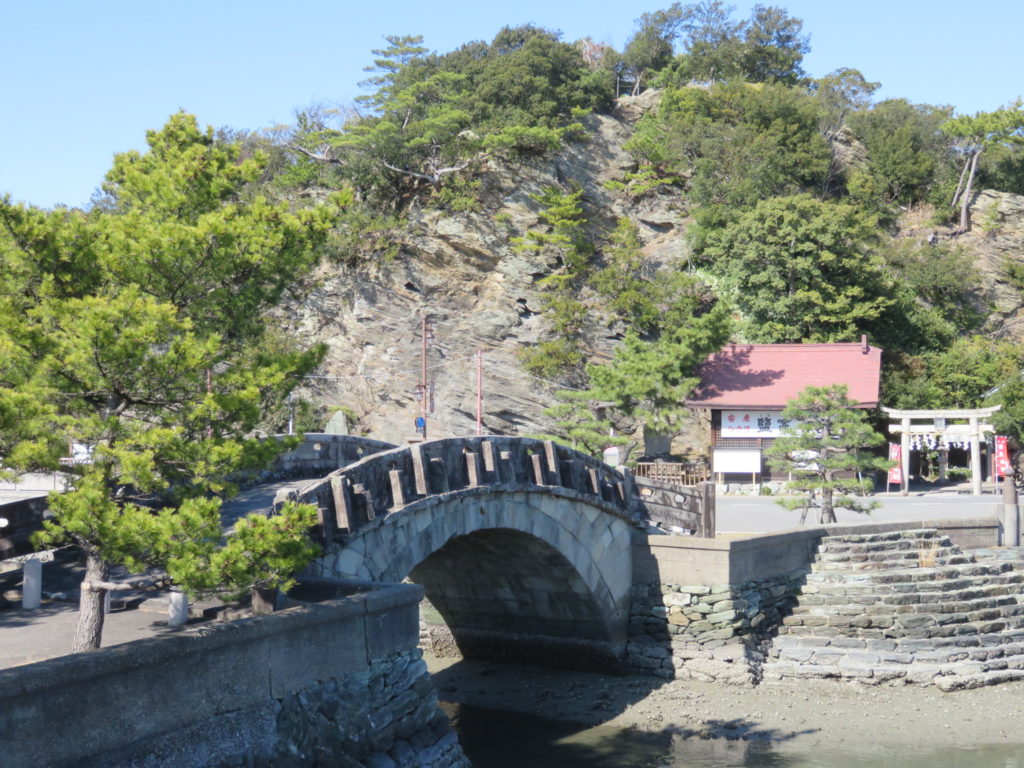
This stone arched bridge was built in 1851 by order of Harutomi Tokugawa, the 10th Lord of the Kishu Domain.
この橋は紀州藩10代藩主・徳川治宝(はるとみ)の命により着工が始まり、1851年に完成したアーチ形の石橋である。江戸時代のアーチ形石橋は九州以外では大変珍しく、特に欄干部分の彫刻が素晴らしい。
Kishu Toshogu Shrine 紀州東照宮
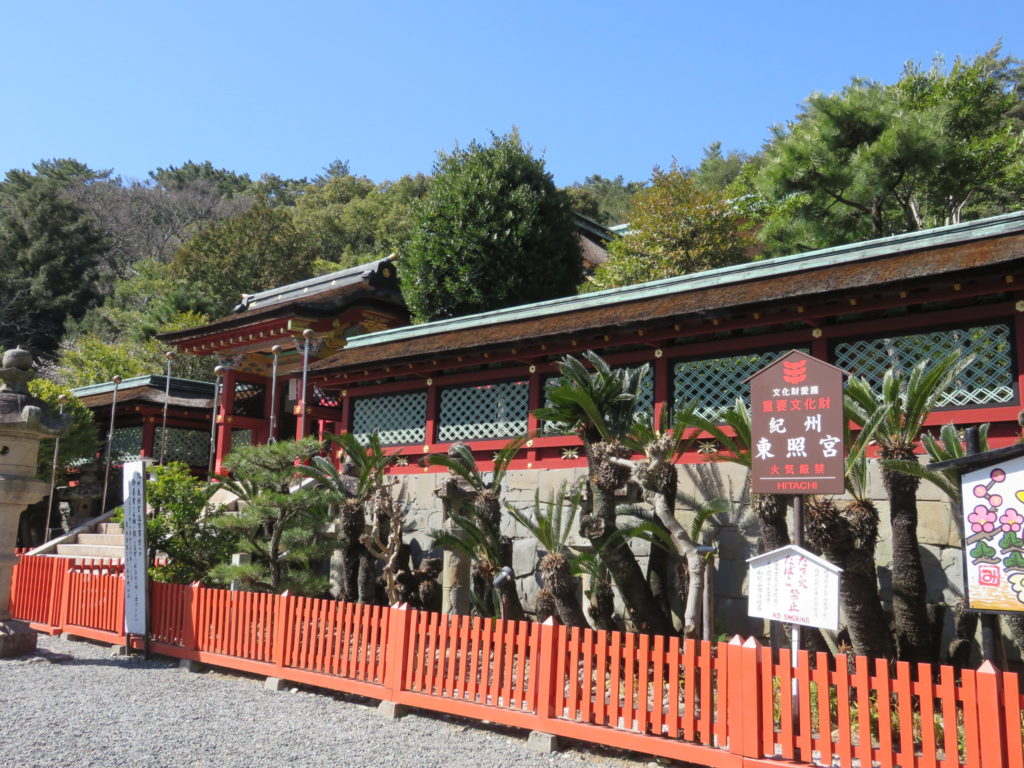
The main building of this shrine was ordered in 1621 by Yorinobu Tokugawa, the first Lord of the Kishu Domain. It is called the “Nikko of the Kansai” for how it resemles Nikko Toshogu Shrine of the World Heritage Site in Tochigi Prefecture.
社殿は紀州藩初代・徳川頼宣(よりのぶ)による1621年の創建であり、「関西の日光」と呼ばれている。 世界遺産である栃木県の日光東照宮と同じく左甚五郎による彫刻や狩野探幽作の襖絵は必見です!
WAKAURA TEMMAUGU 和歌浦天満宮
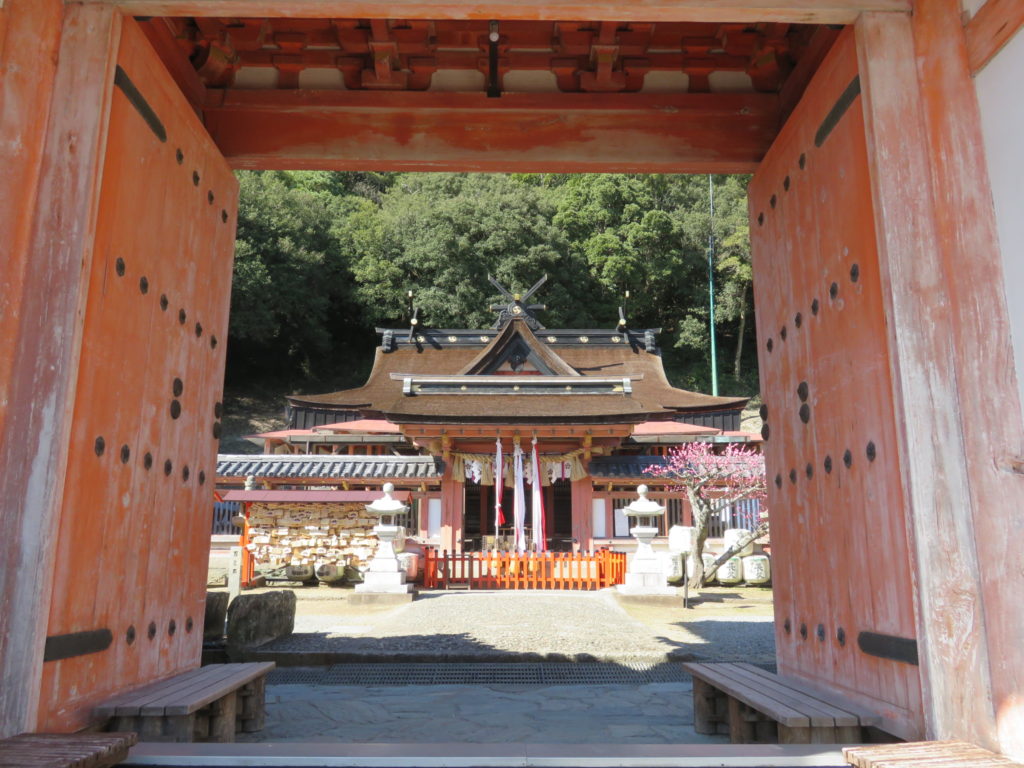
This shrine is dedicated to Michizane Sugawara, a scholar, poet and politician from Japan’s Heian Period (794-1185) who was defined after his death. It is one of the three principal shrines to honor him. The main building was build in 1604 at the request of Yoshinaga Asano, the Lord of the Kishu Domain at the time.
学問の神様・菅原道真を祀り、九州の太宰府天満宮、京都の北野天満宮とともに日本の三菅廟といわれている。本殿は1604年、当時の紀州藩主・浅野幸長(よしなが)の命により建てられものであり、本殿は豪華な極彩色であり、壁画は狩野・土佐両派によって描かれている。境内地から見下ろす和歌浦湾の景色には息をのむ。
TAMATSUSHIMA SHRINE 玉津島神社
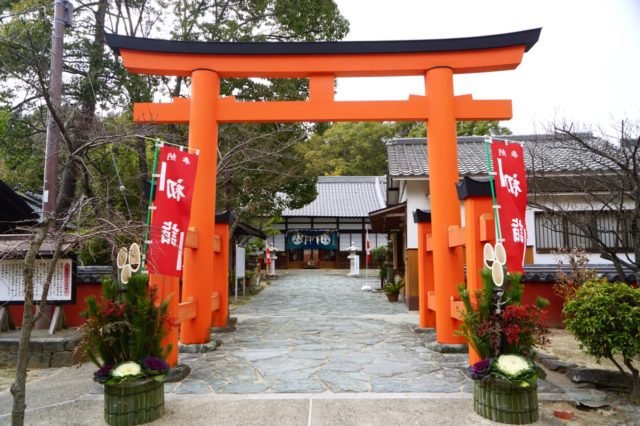
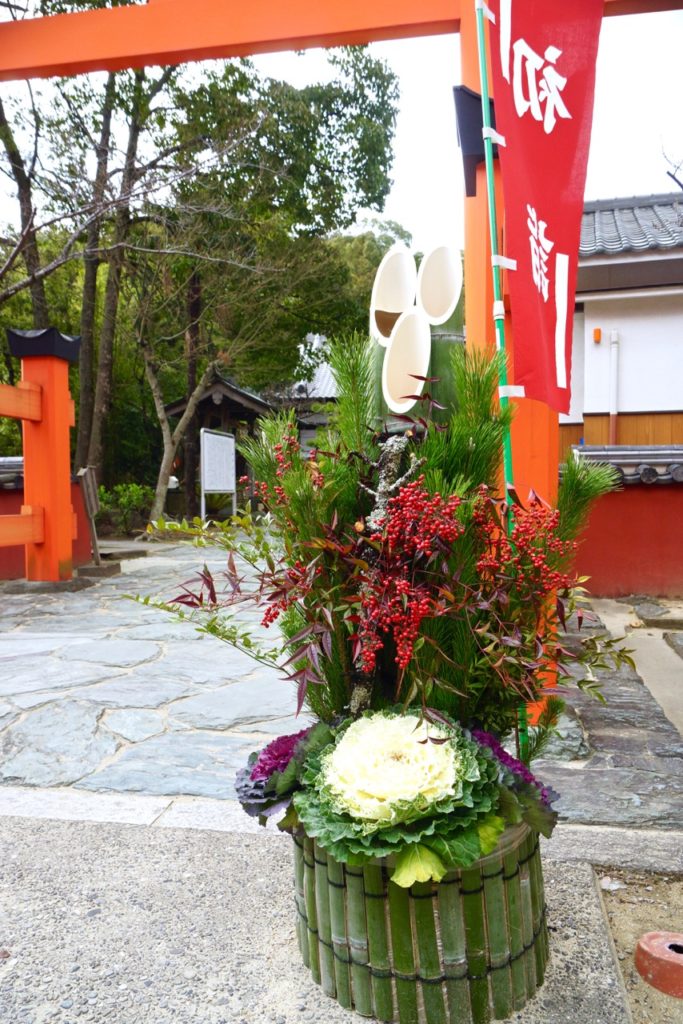
This shrine has drawn the faith of the imperial court and poets since long time ago as the deity of waka poetry.
玉津島神社は、稚日女尊(わかひるめのみこと)、息長足姫尊(おさながたらしひめのみこと)、衣通姫尊(そとおりひめのみこと)を祀っている。和歌の神様と呼ばれている。境内から登れる鏡山からの眺めは素晴らしい!
KIMIIDERA TEMPLE 紀三井寺
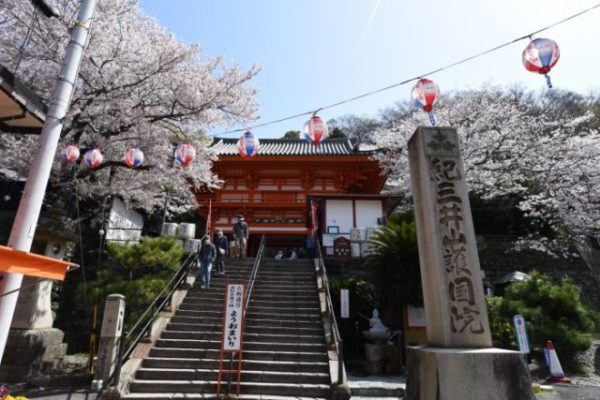
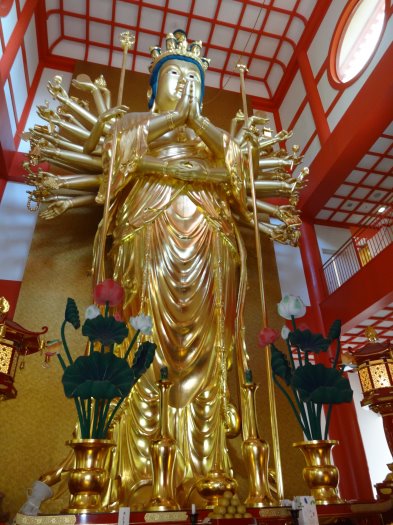
Kimiidera Temple, the second temple of the Saigoku pilgrimage route(the 33 Kannon pilgrigage temples in western Japan) dates back to 1250. The temple is well-known for the earliest blooming of cherry blossoms in Kansai region. Up to the top the stairs, you can enjoy a commanding view of breath-taking scenery of Wakanoura. The largest standing Buddha statue made of wood in Japan is also something to see.
紀三井寺は、西国三十三カ所第2番札所であり、創建を1250年に遡る。早咲きの桜が有名で、関西の桜前線はここから始まる。231段の石段を上ると眼下に和歌浦湾が一望できる。日本で一番大きな木造千手十一面観世音菩薩も必見です!
TAMA TRAIN たま電車
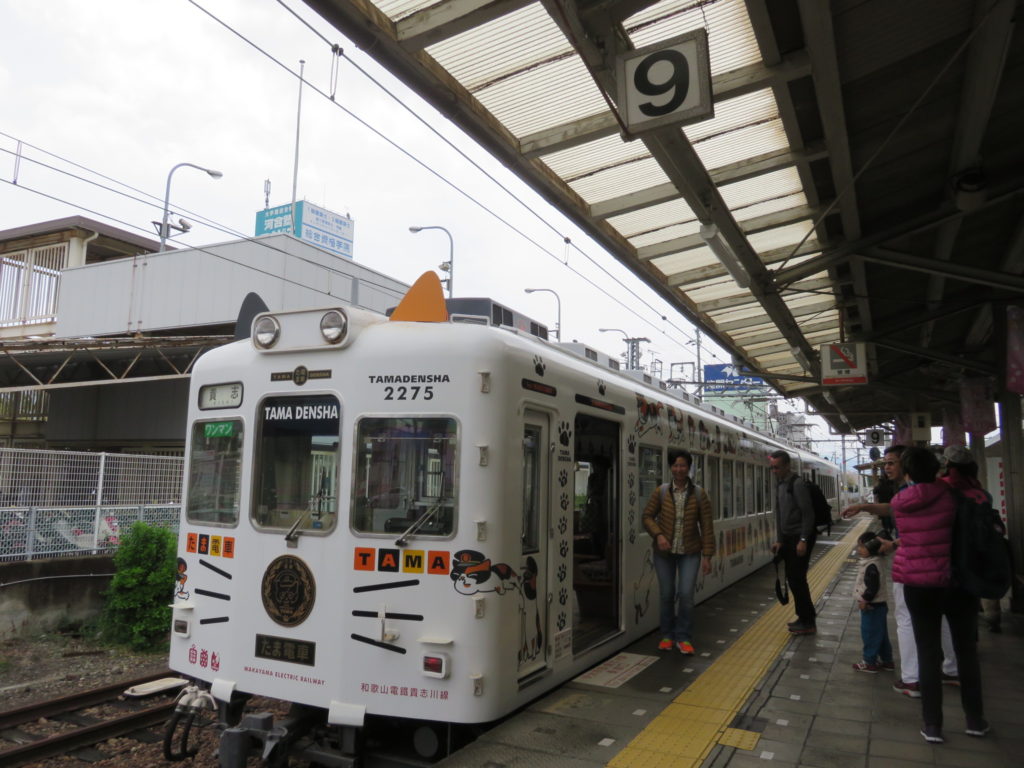
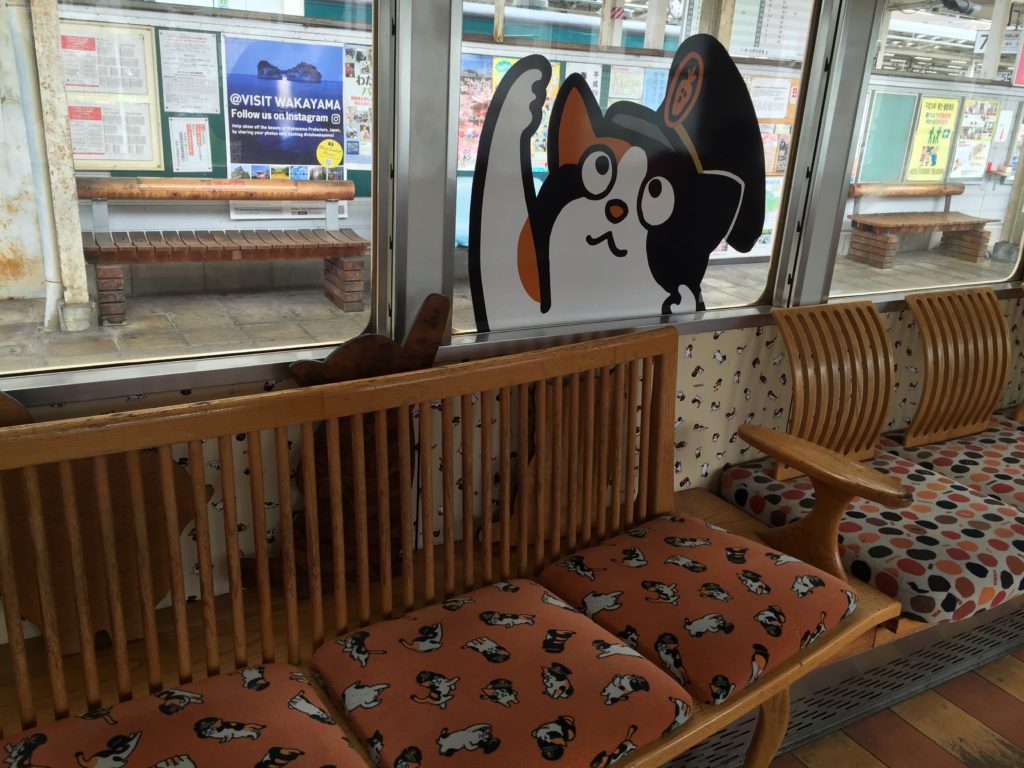
Wakayama Electric Railway Kishigawa Line has four unique trains; Ichigo (strawberry) train, Tama (cat) train, Omocya (toy) train and Ume (plum) train. It runs 14.3 Km long from JR Wakayama station to Kishi Station through beautiful rural farmland and towns. Along the line there are 14 stations. The interior of each train is unique and very enjoyable. Kishi Station, the final destination of this line, is the only train station in the world to have a Japanese cypress bark roof, a traditional building technique in Japan that has been passed down over the ages. Also you can see a cat stationmaster called Tama, who has contributed for revitalization of Local Public Transportation and Wakayama sightseeing. There is a café called Tama Café in the Kishi Station building, you can enjoy gelato and juice made from locally grown ingredients. Tama welcomes you!
かわいい電車に乗ってたま駅長に会いに行こう! 和歌山電鉄貴志川線には、いちご電車、たま電車、おもちゃ電車、うめ星電車の4種類のユニークな電車があます。JR和歌山駅から貴志駅まで、のどかな田園風景の中、総延長14.3Kmを約30分かけて走ります。貴志駅は猫の顔を、屋根は伝統工法の檜皮葺を使用した世界で唯一の駅舎です。そしてスーパー駅長「たま」があなたをお出迎えします。駅舎には「たまカフェ」や売店も併設されていて、地元産の果物を使ったジェラートやジュースを楽しめます。
KADA 加太
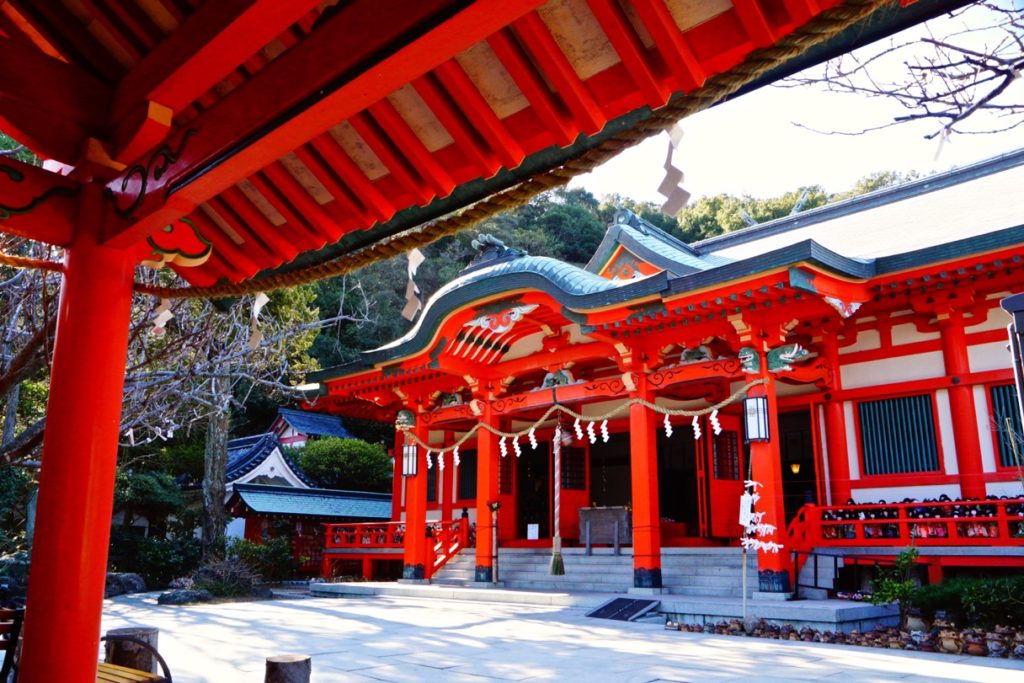
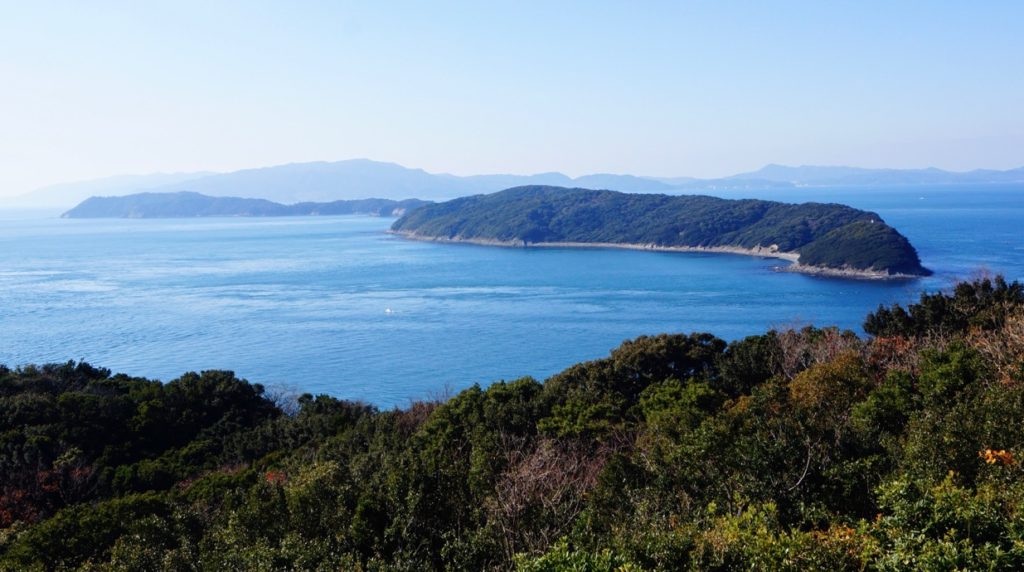
A small fishing town of Kada is located western edge of Wakayama City facing Seto Inland Sea (Setonaikai). This rustic town is well known for fresh seafood, clear water beaches, and Awashima Jinja Shrine. In the precinct of the shrine, you find all kinds of old dolls which were dedicated by people for forgiveness and absolution. Hina nagashi Festival is held here every year on March 3rd (the Doll Festival) to honor those dolls. Awashima Jinja Shrine is famous for its annual ritual on March 3rd in which dolls are set out to sea in boats. It recognized as both a deity of medicine and protector of expecting women, and has drawn strong adoration since long ago from people asking the god to cure women’s disorders and ensure safe birth.
AWASHIMA SHRINE 淡島神社
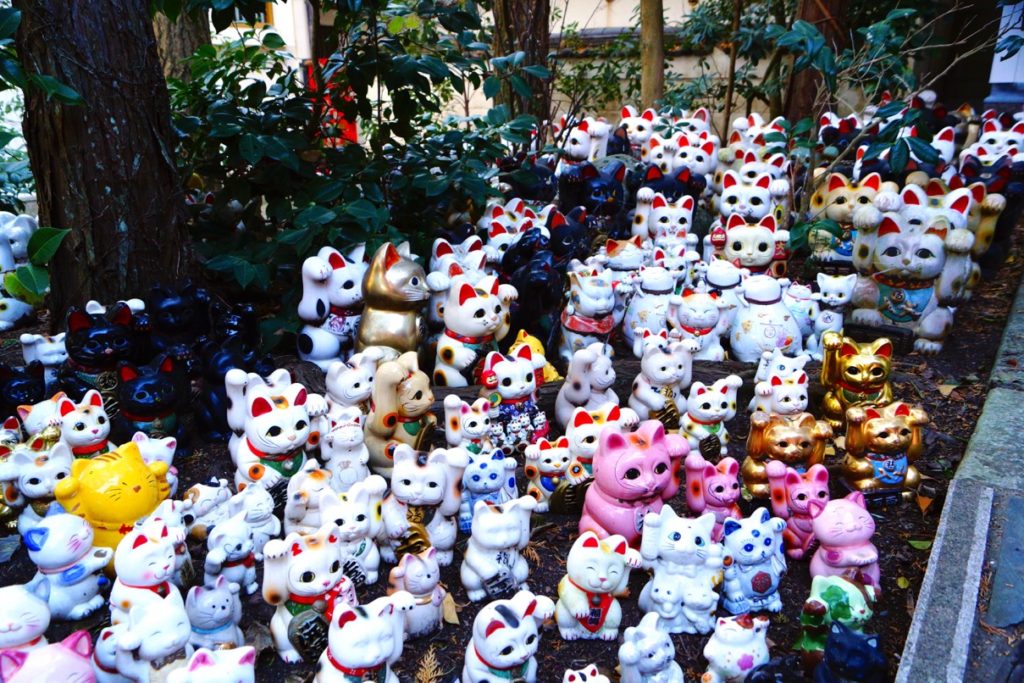
Awashima Jinja Shrine is famous for its annual ritual in March 3rd in which dolls are set out to sea in boats. It recognized as both a deity of medicine and protector of expecting women, and has drawn strong adoration since long ago from people asking the god to cure women’s disorders and ensure safe birth.
淡島神社は薬の神様を祭神とし、婦人病や安産祈願など「女性のための神様」をお祀りしています。全国から奉納されたあらゆる種類の人形で境内は埋め尽くされています。毎年3月3日のひな祭りの日には古式ゆかしく、雛人形を船に乗せて海に流すひな流しの神事が行われます。
YUASA 湯浅
The Birthplace of Soy sauce- Yuasa town Preservation District for Groups of Traditional Buildings

Yuasa is located about 40 minutes by local train from Wakayama city. It is famous for the birthplace of soy sauce, one of the key elements of Japanese dishes. Yuasa town flourishes from the 17th century to 19th century due to say sauce production, and the old townscapes have been well preserved until today. The townscapes are designated as the Important Preservation District for Group of Traditional Buildings (Judenken). Strolling around Yuasa town is something like adventure going back to old time and also discovering the power of regeneration. It is about a 15 minute walk from JR Yuasa station to the Preservation District. Along the way, you will pass Kumano Pilgrimage Route (in Domachi Dori). Yuasa has a rich history and tradition.
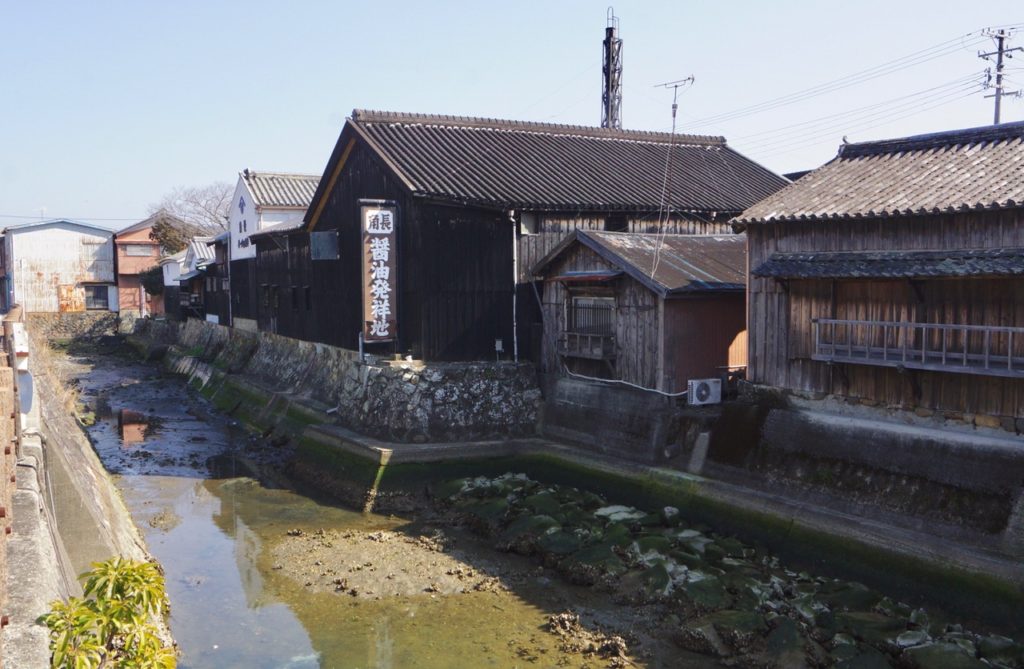
Daisen moat Shoyu, soy sauce, used to be shipped from here. Inner loading port for the soy sauce ingredients and products. Warehouses and stone walls remain as they were in the 19th century.
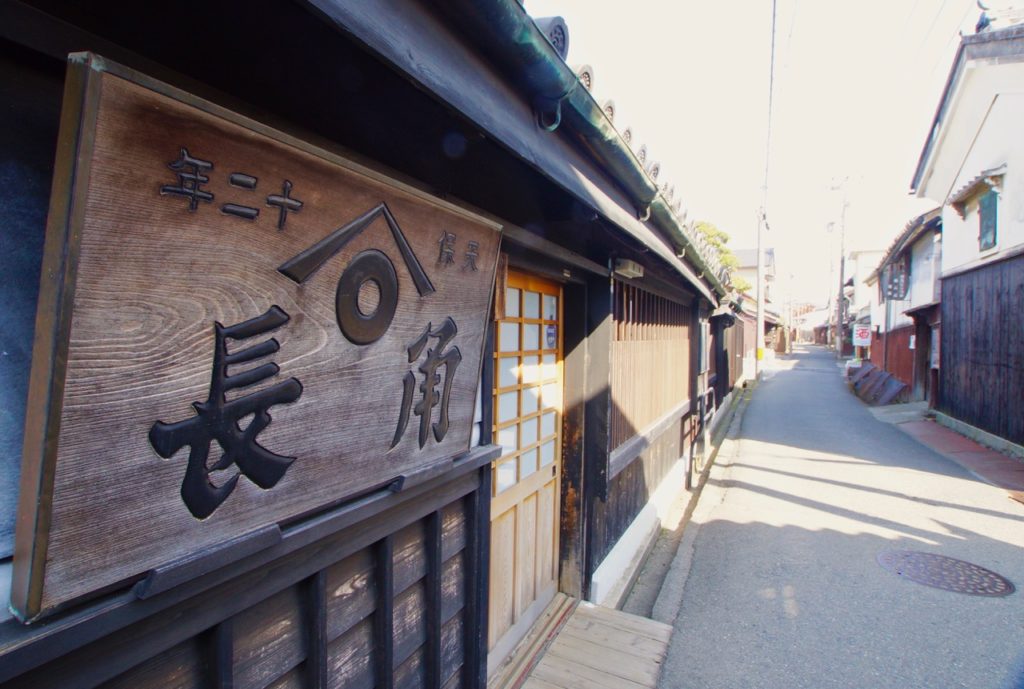
Shoyu shop Kadocho Kadocho was established in 1841 in Edo period. A shokunin-kura (workers’ lodging) near the shop exhibits the tools used in shoyu brewing in old times. You can feel the old style of brewing here. In the Shoyu archives newly built, you can learn shoyu production methods.
Ota Kyusuke ginsei (shop) The family used to run shoyu brewery. This house was built in the late Edo period. Now Kinzanji-miso, the origin of shoyu, is produced and sold here.
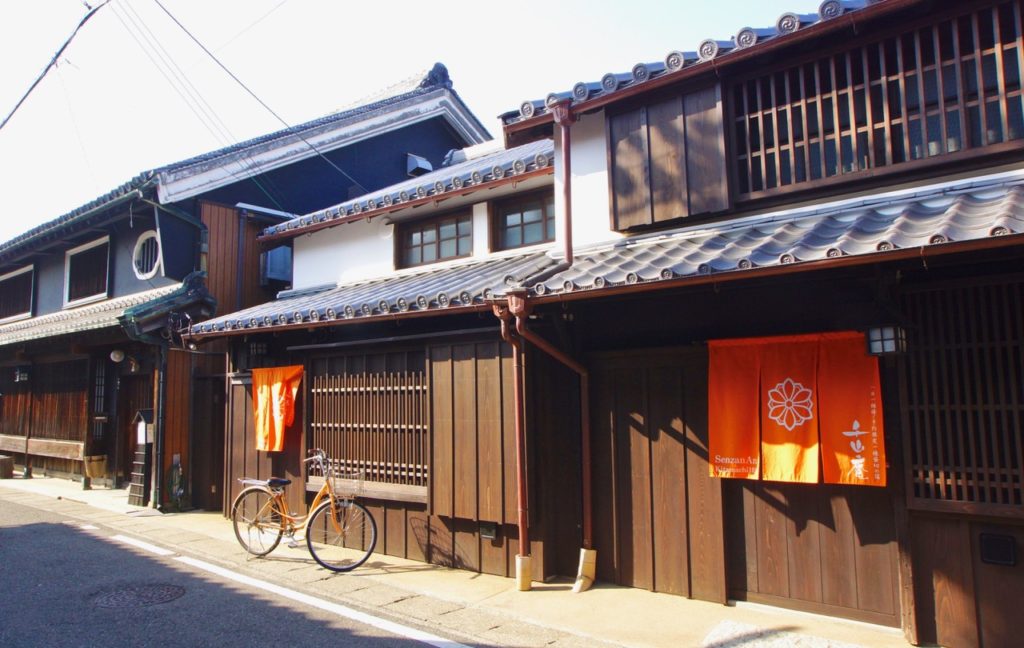
Senzan-An Newly opened lodging (One group per night) This house was renovated for lodging in 2017. The original was more than 100 years old. They accept only one group per night.
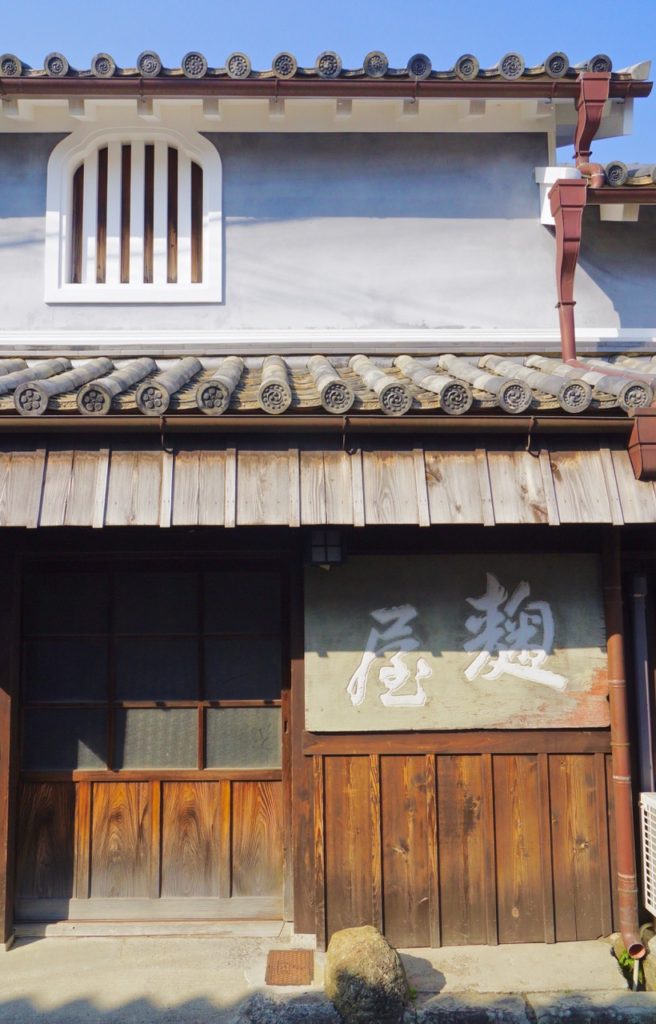
Tsumura’s House This house was built in 1878, and was formerly a koji (malted rice) shop. The family made their own koji to sell to soy sauce breweries.
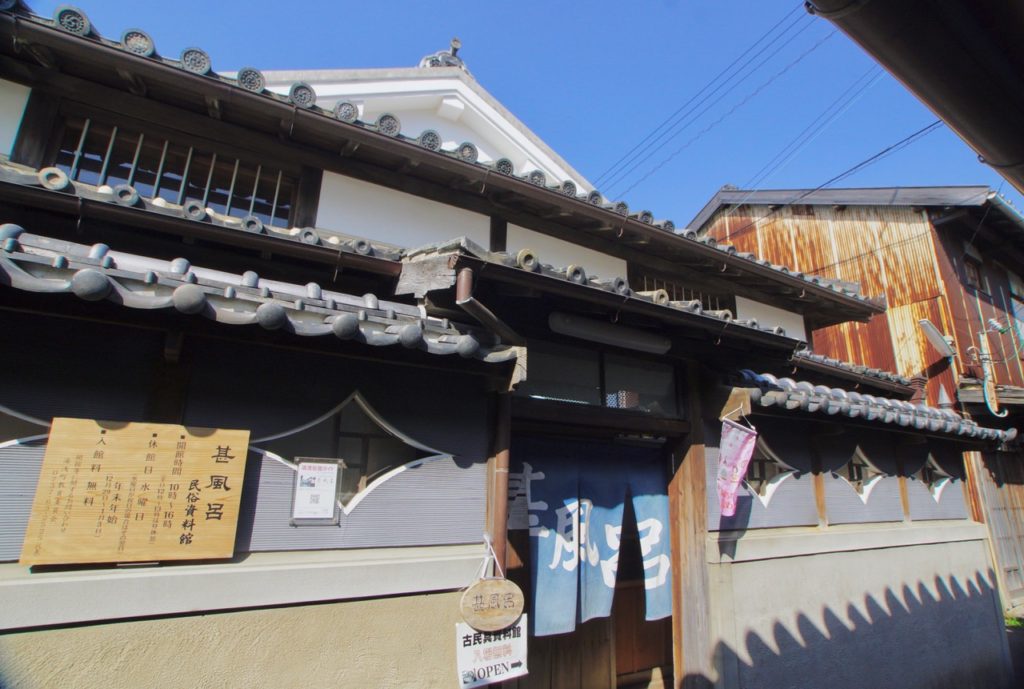
Jinburo (Japanese old public bath) museum This public bath was operated from 19th century to1985. It has been preserved with the residence of the owner as a museum. You can experience the life at that time.
Kokokuji temple 興国寺
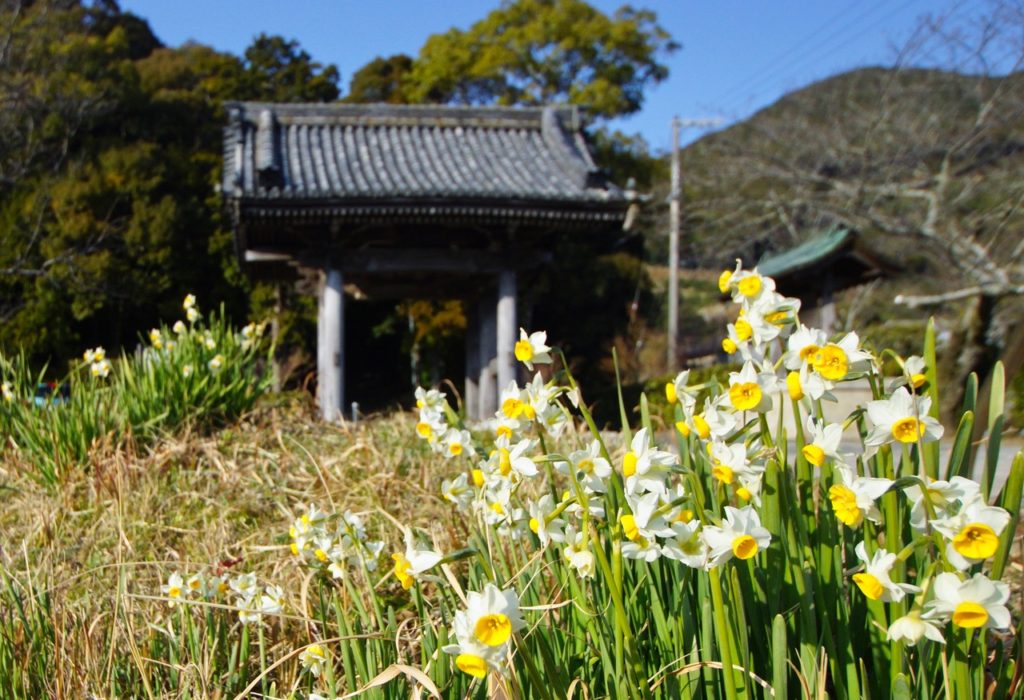
Kokuji temple was founded in 1227 by Gansho shonin to assure the repose of the soul of Minamoto no Sanetomo, the third Kamakura Shogun. Originally the temple was called Shohoji temple and belonged to the Shingon sect of Buddhism. In 1258 Gansho Shonin invited Kakushin to become the temple’s head priest. Kakushin changed the temple’s sect from the Shingo to Rinzai sect of Zen. Kakushin died in 1298 and was given the honorable title “Kokushi”after his death. In 1340 Emperor Gomurakami honored the temple itself with the new name of “Kokokuji”. In 1585 Hashiba Hideyoshi’s army attacked Kishu (now Wakayama), burning the most of Kokokuji’s buildings to the ground. Later, under the patronage of the Daimyo (feudal lord) of the Asano and the Tokugawa, the buildings were reconstructed. The temple is also the place of origin of Kinzanji miso, a fermented food made from soybeans, which is the origin of soy sauce.
It is noted that Kokokuji is the birthplace of the custom among Zen Buddhists of wearing bamboo baskets over their heads and playing shakuhachi, a long vertical flute.
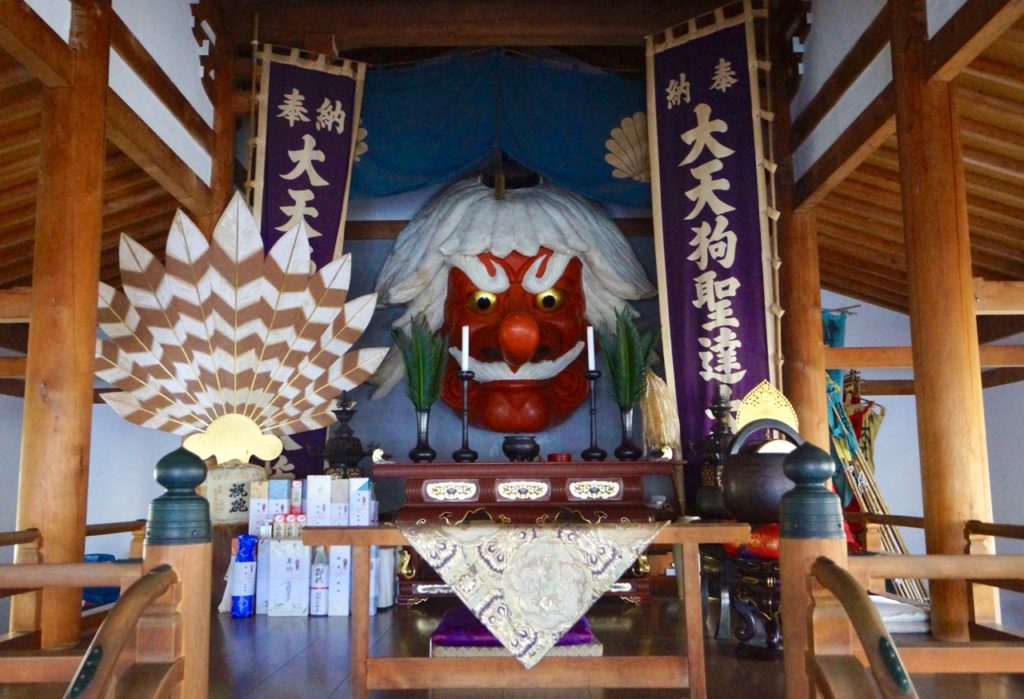
There is a legend that Tengu rebuilt the buildings of Kokokuji temple in one night after a big fire.
